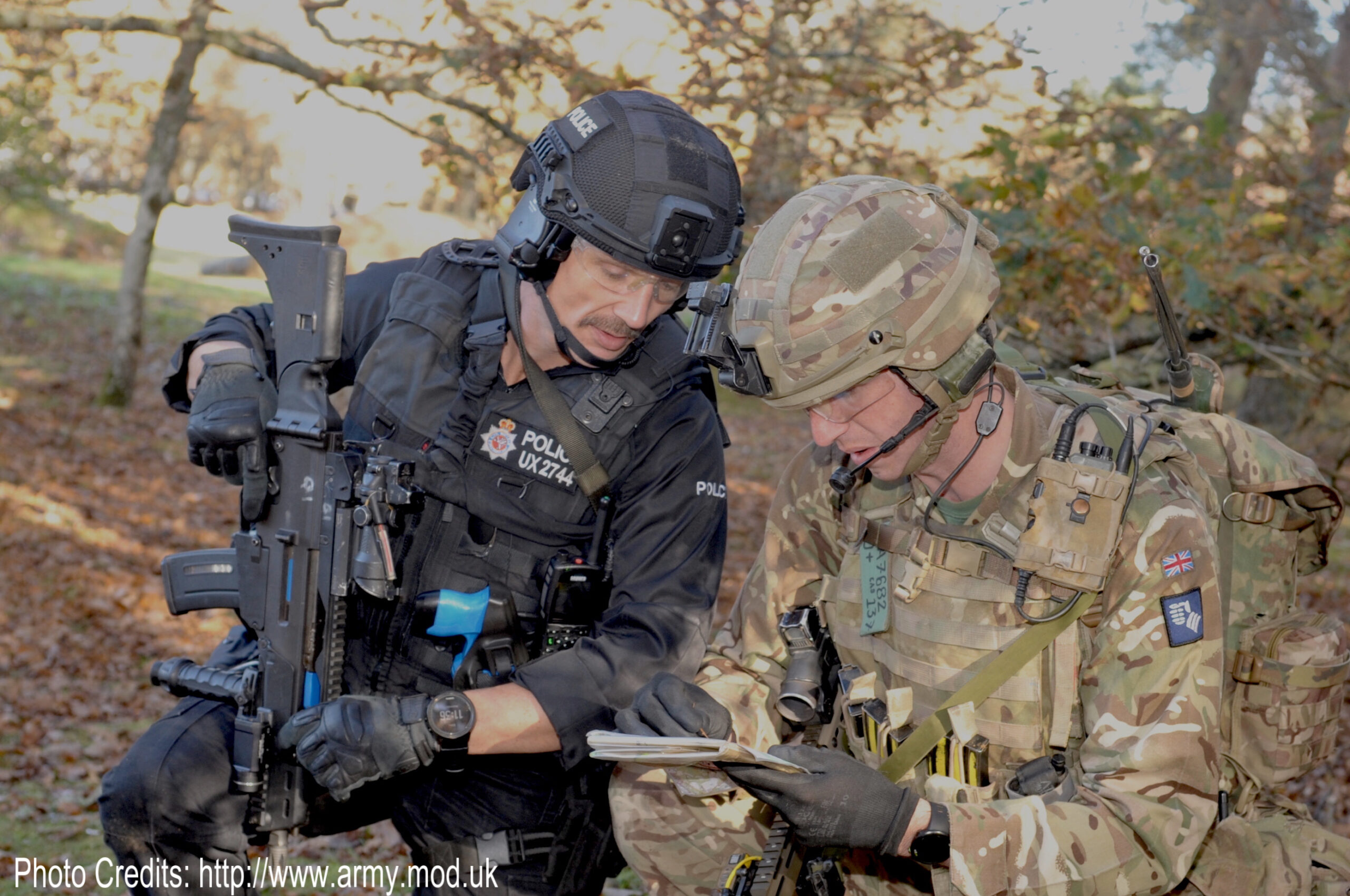Visit almost any school in America and you’ll find students sharing their faith, reading their scriptures, saying grace before lunch and, in high schools, meeting in religious clubs.
But in a growing number of state legislatures around the country, lawmakers want more.
Barred by the U.S. Supreme Court from turning the clock back to the days of state-sponsored prayers and devotional Bible reading, state legislatures are discovering creative new ways to get more religion through the schoolhouse door.
Last week, Florida Gov. Rick Scott signed a law encouraging local school boards to create a forum at school-sponsored events for students to offer inspirational messages. Although the state can’t require students to give a prayer, critics of the legislation say “inspirational message” is a euphemism for prayer and student-government leaders charged with deciding who speaks will inevitably favor the majority faith.
Texas passed the first of what opponents dub “prayer bills” in 2006. Other state legislatures, including Oklahoma and Tennessee, are currently debating similar legislation.
Creating a “free speech” forum at school events may indeed be constitutional, but lower courts remain divided on where to draw the line on student speech before a captive audience.
Georgia, Texas, Tennessee and South Carolina already have “Bible bills” — and other Bible Belt states are likely to follow suit.
A proliferation of Bible courses in public schools, taught by unqualified teachers using the Bible as a history textbook, will be a boon for lawyers — but a legal quagmire for school officials.
Critics of these bills charge that this nationwide effort to change science education is another attempt by the Christian Right to undermine teaching the well-established theory of evolution — and a back-door way to promote religious views as science in public schools. Supporters counter that opening the science curriculum to other views promotes critical thinking.






